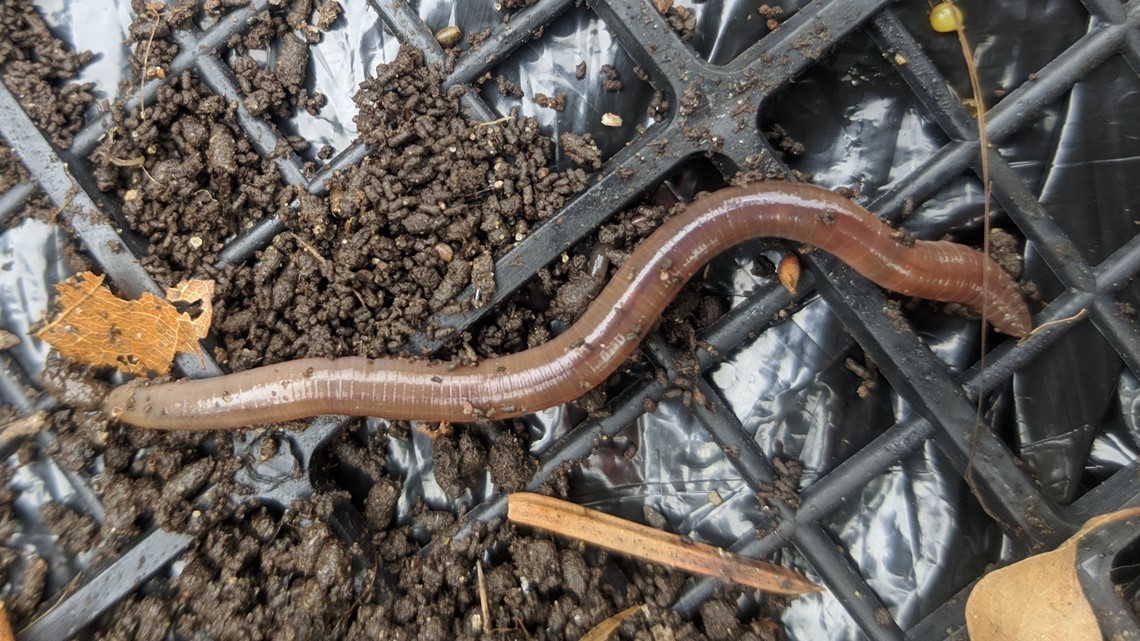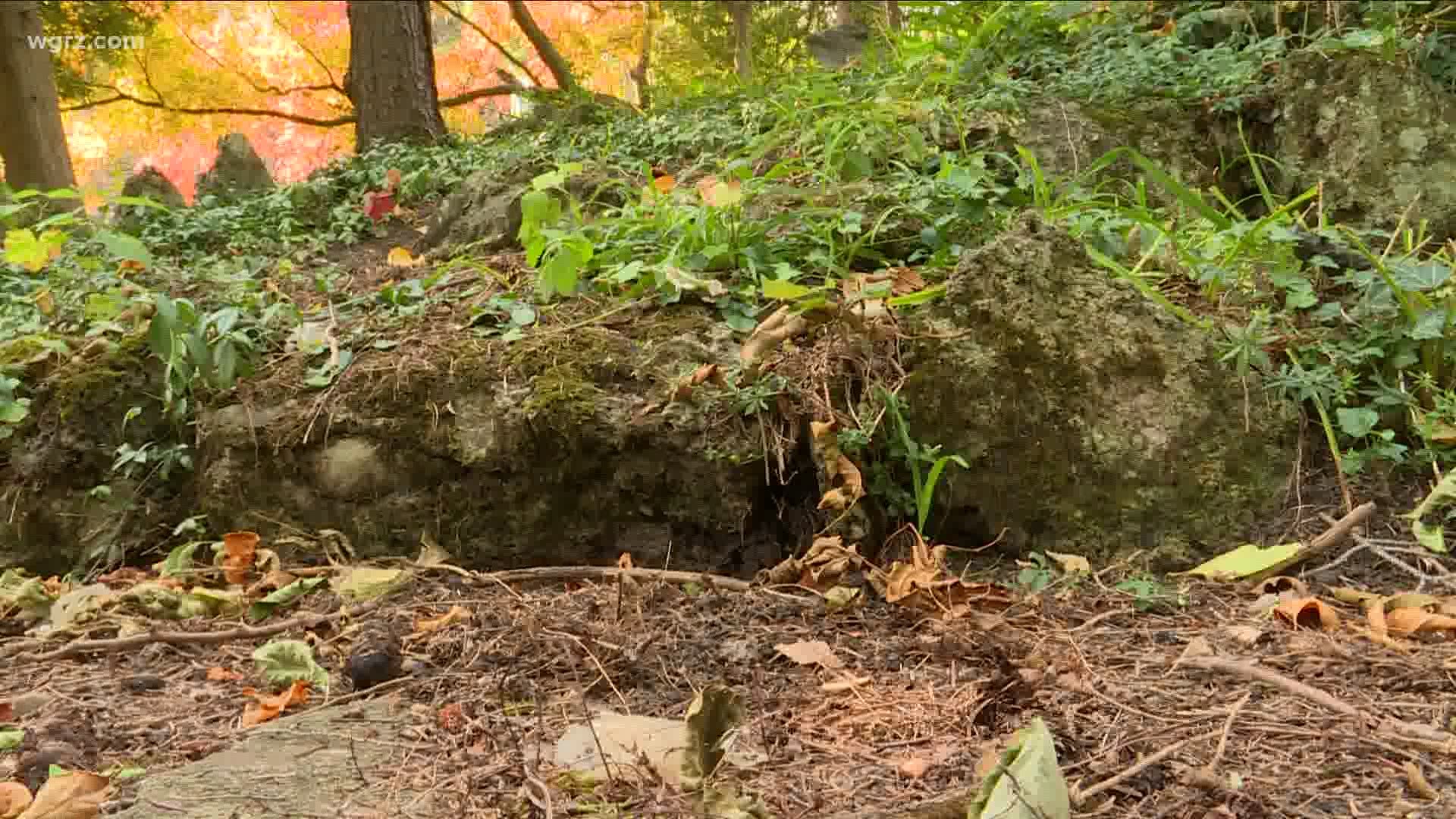BUFFALO, N.Y. — The issue of non-native plants and animals being introduced to an unsuspecting ecology is one that is decades long.
There are over 50,000 non-native species entrenched in the United States, 4,300 of which are deemed invasive. Both non-native and invasive species originate from another part of the world, but non-native species have a neutral or even positive effect on the ecosystem, while invasive species always cause harm.
Western New York has its share of invasive species, and a new one is right underfoot. It's a species of earthworm known as the "jumping worm."
"There are actually about four or five different species, none of them are native to the United States," said Nick Henshue, University at Buffalo professor of biology. "But they've all been brought in either through the bait industry, landscaping, or mulch or soil, or something like that."
The presence of the worms has created a cascade of degradation to the soil. They break down leaf litter too quickly, which hastens erosion and deprives the soil of needed nutrients and moisture.
Henshue says the lack of cover from fallen leaves also exposes seeds, which get gobbled up by small mammals.
"And so we're seeing a reduction in the understory plants, because the seeds aren't able to actually germinate because the seeds are gone, and if they can germinate, they dry out," he said.


We tend to think of earthworms as being beneficial, and that is true of some species. The irony is that in New York State, there are no native earthworms. Even that fisherman's favorite, the Canada nightcrawler, is non-native.
"After the last glaciation, you know, 10,000 years ago, there had been no earthworms in the Western Great Lakes states," Henshue said. "Lumbricus terrestris, the common nightcrawler, Canada nightcrawler sometimes, was actually brought into a colony in Roanoke in 1609."
Can we control their spread? Henshue remains optimistic.
"Absolutely. In a natural system, we're going to have a really hard time doing that," he said. "But at home, we can be very vigilant about where we get our mulch, we can be very vigilant our soils from, we can be careful with bait. All of those things matter. If one earthworm's output of offspring is in the hundreds, one earthworm can have an impact."

